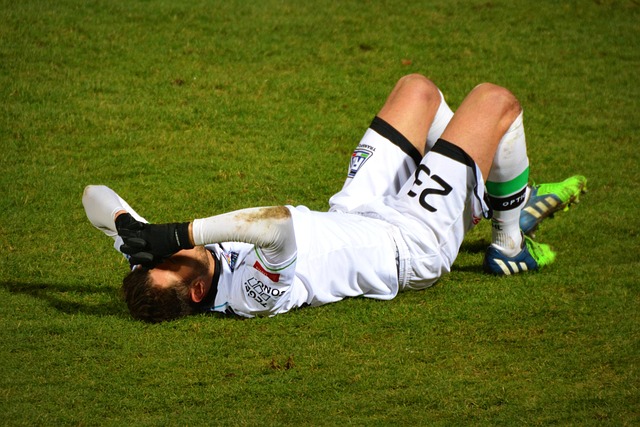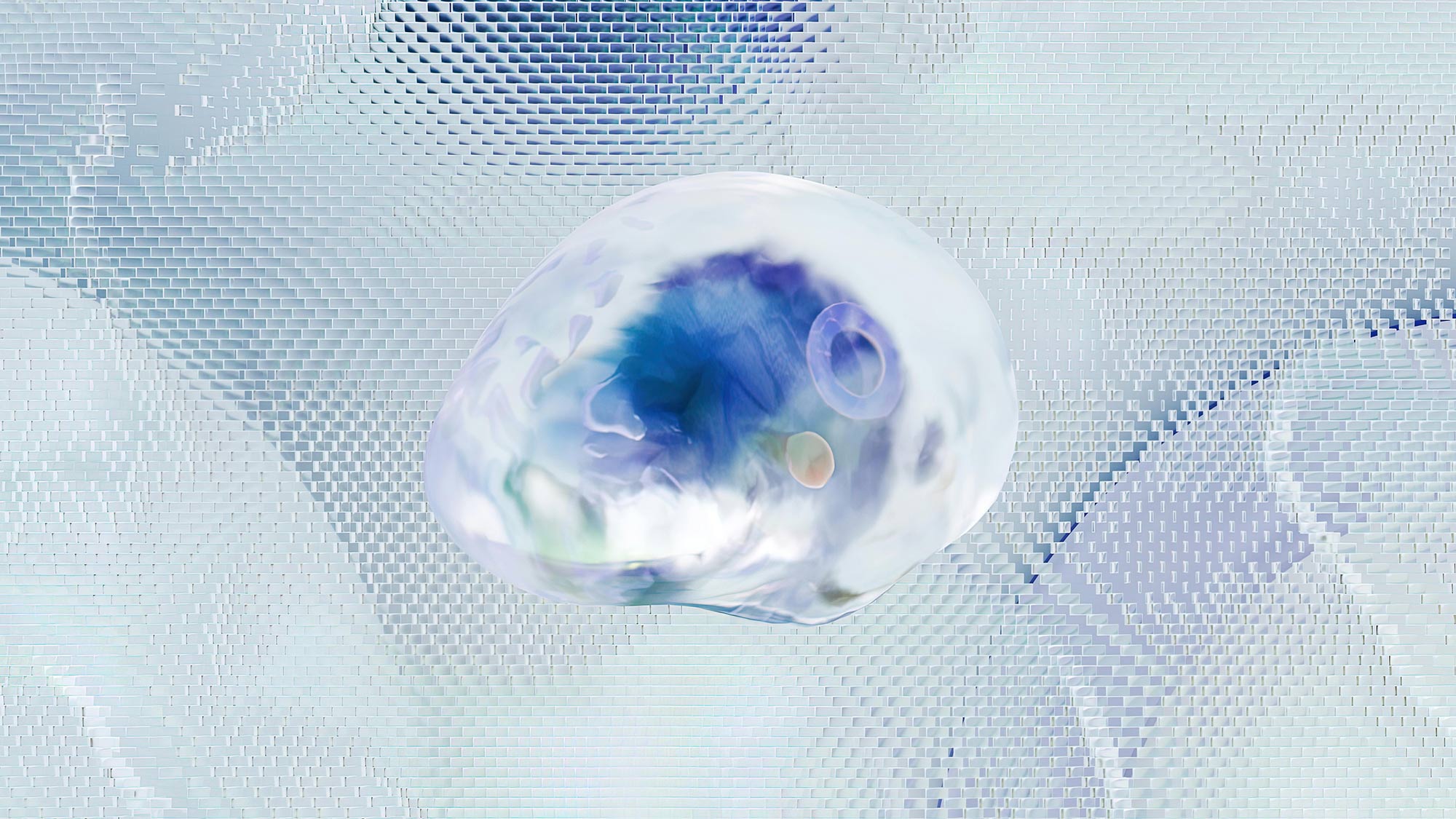Concussion precautions are so necessary yet are often overlooked. Concussions can be often dismissed as “just a bump on the head,” but the reality is far more serious. In sports, accidents, or even simple falls, a concussion can happen without warning—and its effects can linger far longer than most realize. In this blog, we’ll dive into what a concussion is, the risks involved, and the steps you can take to protect yourself or your loved ones from brain injury.
What is a Concussion?
A concussion is a type of mild traumatic brain injury (TBI) caused by a blow to the head or body that causes the brain to move rapidly inside the skull. This sudden movement can lead to chemical changes in the brain and damage to the cells, affecting how the brain functions temporarily. While concussions are often not life-threatening, they can lead to long-term issues if not properly managed.
Why Should We Care About Concussions?
While most people recover from a concussion with proper care, the effects can be devastating for some. Repeated concussions, or even a single severe one, can lead to:
- Post-concussion syndrome (PCS): Symptoms like headaches, dizziness, fatigue, memory problems, and irritability that can last for weeks or months.
- Second-impact syndrome: A dangerous condition where a second concussion occurs before the brain has fully healed from the first, often resulting in catastrophic outcomes.
- Chronic Traumatic Encephalopathy (CTE): A progressive brain disease found in people who have experienced repeated head trauma, commonly seen in athletes involved in contact sports.
For these reasons, it’s crucial to take concussion precautions seriously—whether you’re playing sports, working, or going about your daily life.

Key Concussion Precautions
- Wear Protective Gear
Whether you’re playing football, biking, or even skateboarding, wearing proper protective gear is your first line of defense. Concussion Precautions include wearing helmets, padding, and mouthguards can reduce the risk of head injuries. However, it’s important to remember that no gear can prevent concussions entirely, but it can certainly lower the likelihood of severe injury. - Know the Signs and Symptoms
Understanding the symptoms of a concussion is critical for early detection and treatment. These may include:- Physical symptoms: Headaches, dizziness, nausea, sensitivity to light or noise.
- Cognitive symptoms: Difficulty concentrating, memory problems, confusion.
- Emotional symptoms: Irritability, mood swings, or depression.
If you suspect a concussion, it’s essential to stop all activities immediately and seek medical attention. Continuing to play or engage in physical activity with a concussion can exacerbate the injury and prolong recovery.
- Follow the “Return-to-Play” Protocol
For athletes, it’s essential to follow a gradual and monitored “return-to-play” process after a concussion. This typically involves a step-by-step increase in activity, starting with light physical activity and moving to more intense workouts as symptoms improve. A healthcare professional should clear you before resuming any contact sports or high-risk activities. - Rest and Recovery
Rest is essential after a concussion. Both physical and mental rest are crucial to allow the brain to heal. This means avoiding activities that require a lot of focus or concentration—like reading, watching TV, or using a smartphone. Sleep is especially important; make sure to get plenty of it during the recovery phase. - Avoid Alcohol and Drugs
Alcohol and recreational drugs can interfere with the healing process and increase the risk of a second concussion. They can also worsen symptoms and impair your ability to recover. Avoiding substances while healing is a key precautionary measure. - Education and Awareness
Being informed about concussion risks is one of the most effective ways to stay safe. Coaches, parents, and athletes should educate themselves about concussion symptoms, treatment protocols, and prevention strategies. Schools and sports organizations should also foster an environment where safety is prioritized, and players are encouraged to speak up if they feel unwell after a hit to the head.
The SMARTHEADSYSTEM™
One of the most exciting innovations in player safety is the development of wearable technology designed to monitor head impacts. While this product cannot prevent concussions, you can closely monitor head trauma with a non-intrusive sensor that easily fits in a helmet and data is transferred immediately to an app on a cell phone, or tablet. With the introduction of tools like the SMARTHEADSYSTEM™, real-time data on head biometrics—such as impact velocity, rotation, and head temperature—can be tracked and analyzed.
What Happens If You Don’t Take Concussion Precautions?
Ignoring concussion precautions can have serious consequences. Returning to play too soon, not taking rest seriously, or failing to report symptoms can lead to long-term health issues, such as chronic headaches, cognitive impairment, mood disorders, or, in extreme cases, permanent brain damage.
Additionally, the risk of a second concussion increases significantly if you don’t take the necessary precautions during the recovery phase. A second concussion before the brain has fully healed can lead to a higher chance of developing more severe conditions like CTE, a degenerative brain disease that has been linked to memory loss, confusion, and other cognitive difficulties.
Concluding Thoughts
Concussions may be common, but they are never something to take lightly. Understanding the risks, wearing protective gear, knowing the symptoms, and following proper recovery protocols can make a world of difference in protecting your health—now and in the future. Whether you’re a weekend warrior or a professional athlete, always remember that your brain is irreplaceable. Don’t take chances. Take precautions.
If you or someone you know has experienced a concussion, don’t hesitate to seek medical attention. Early intervention and careful management can help ensure the best possible outcome. Take care of your brain—it’s the only one you’ve got!

